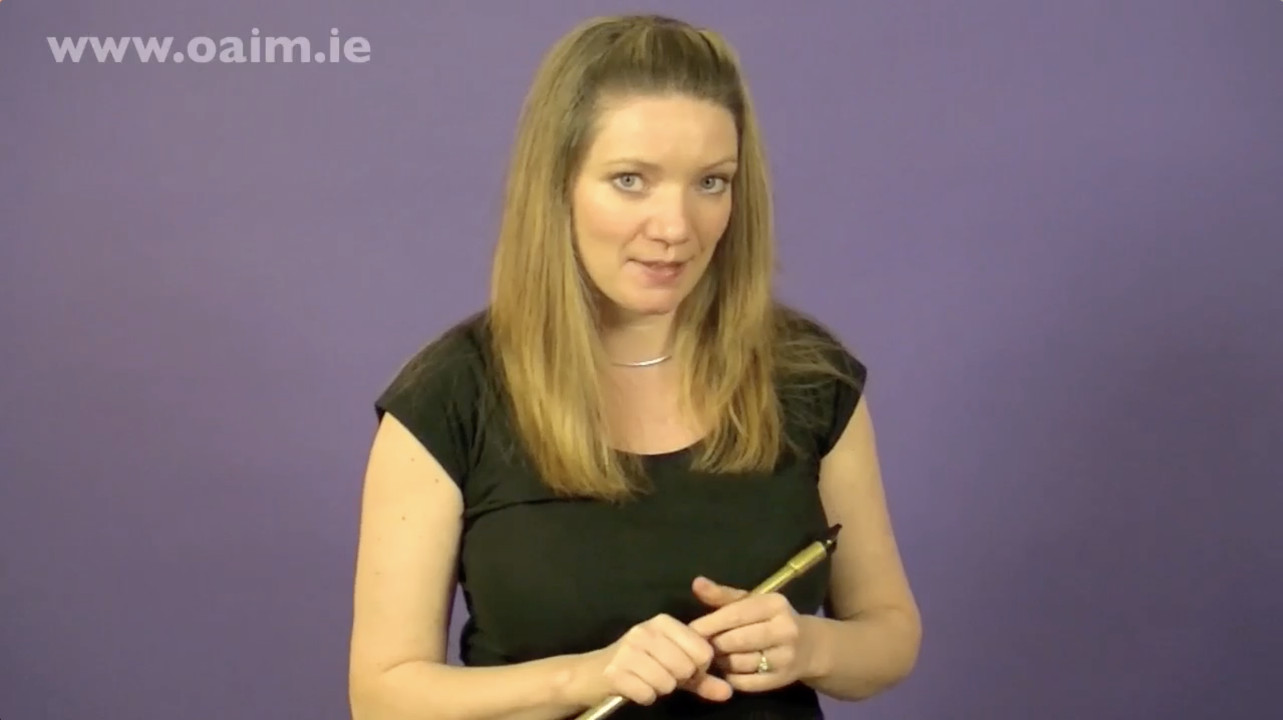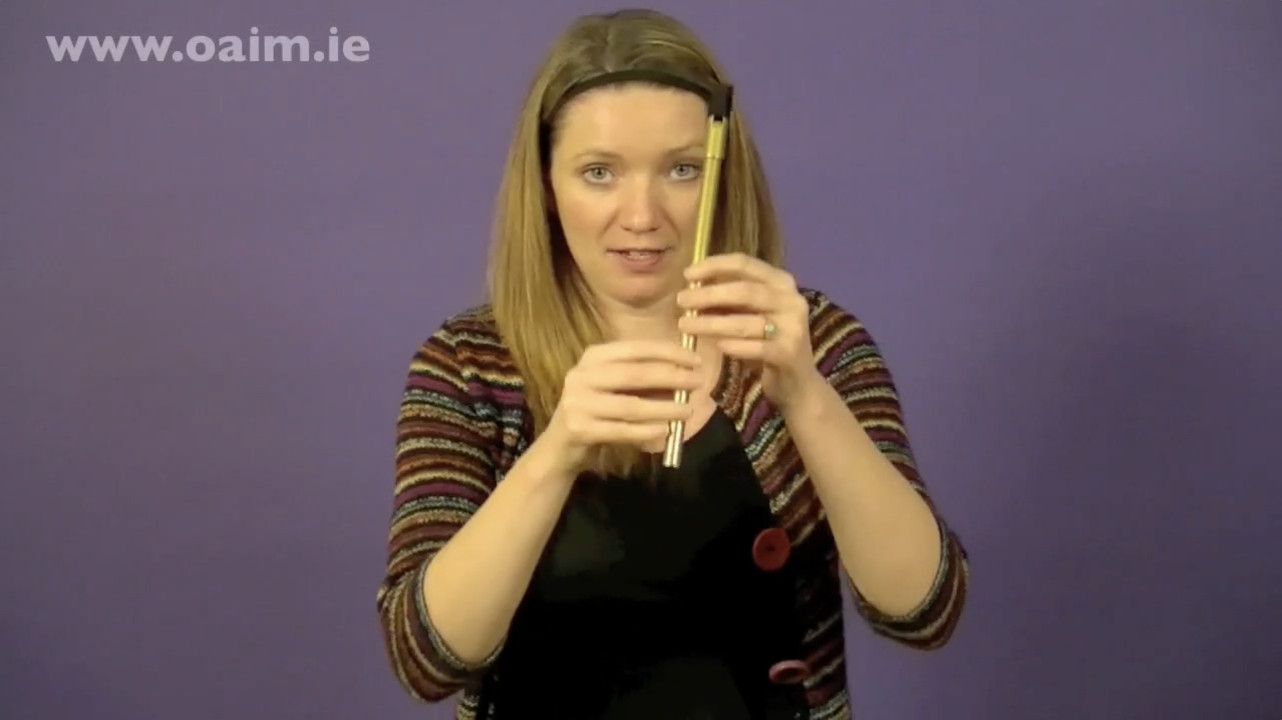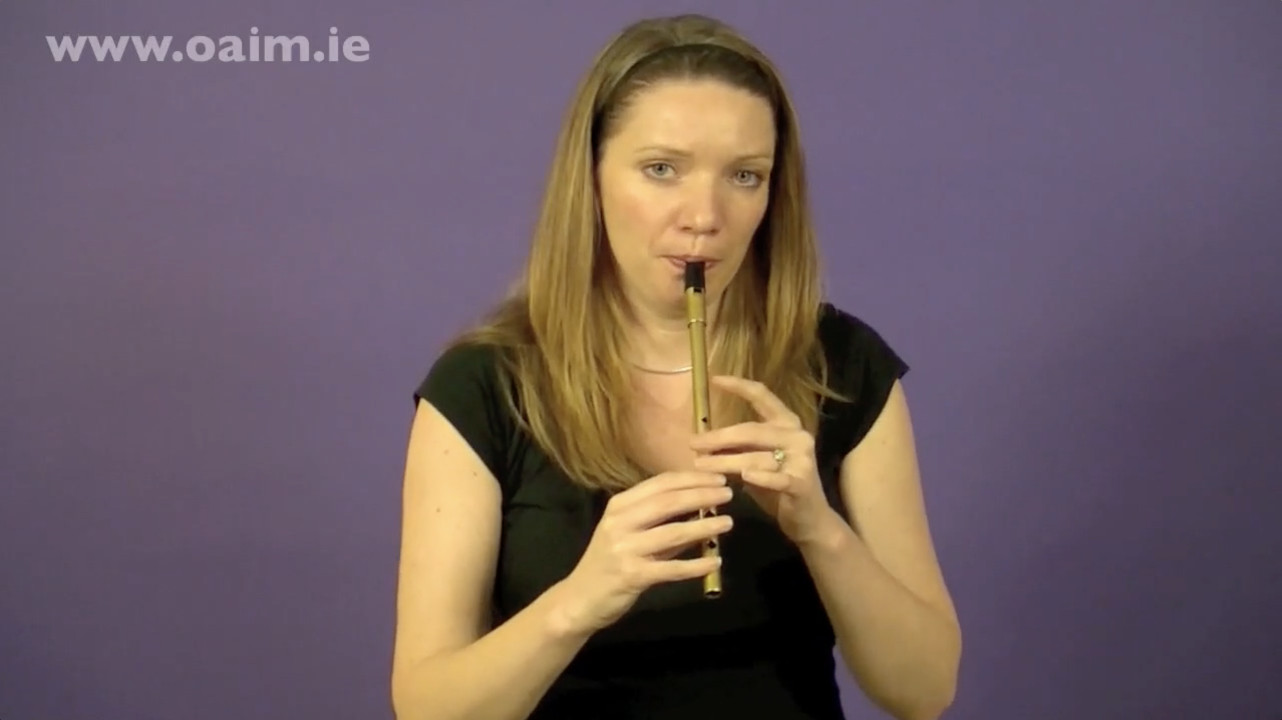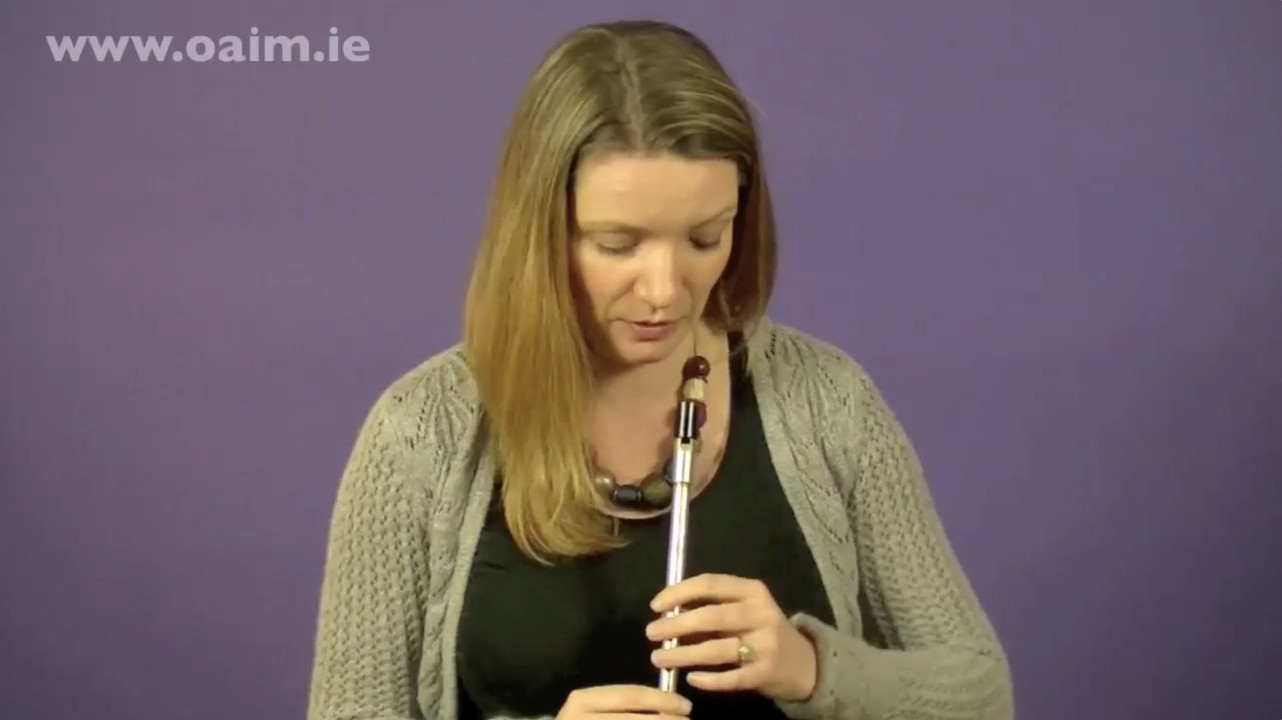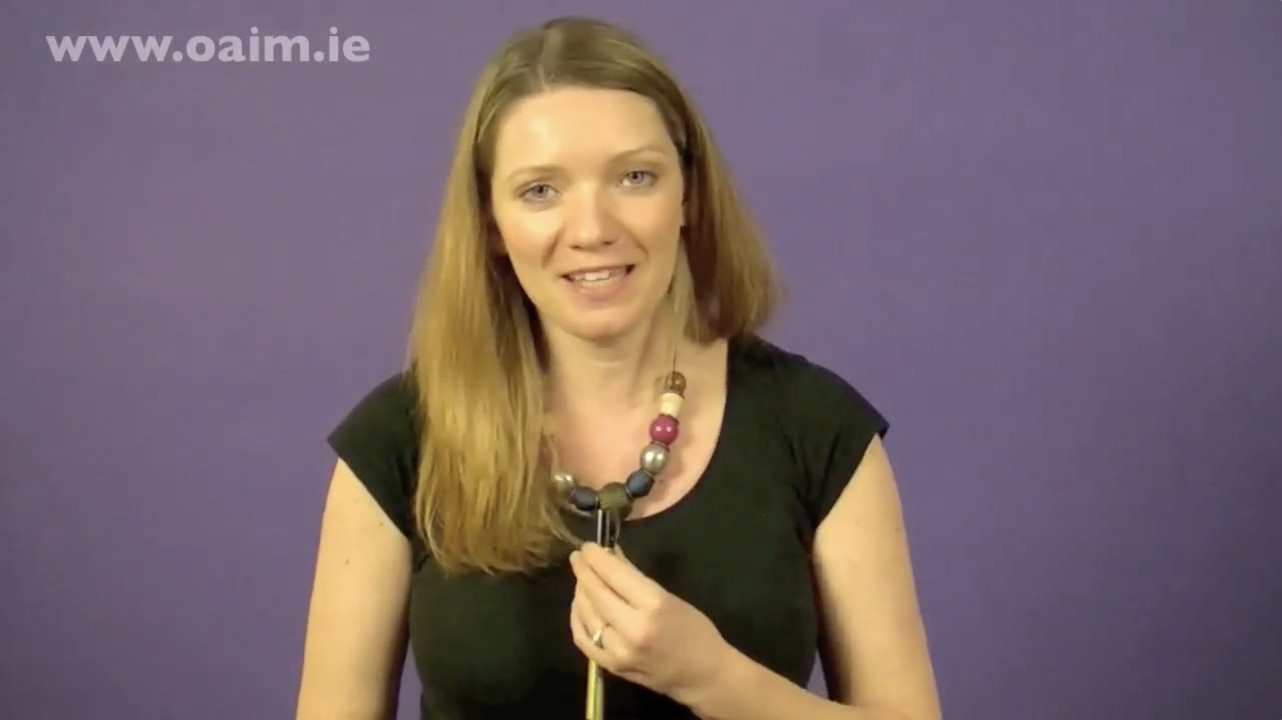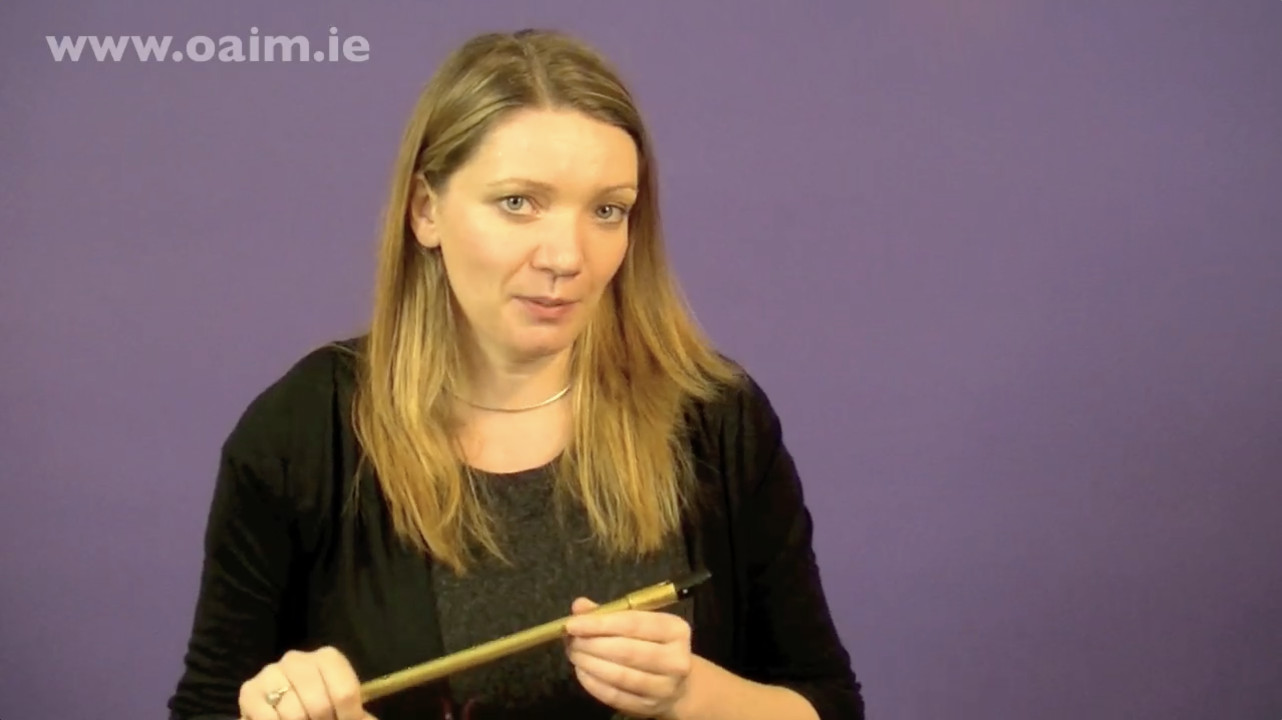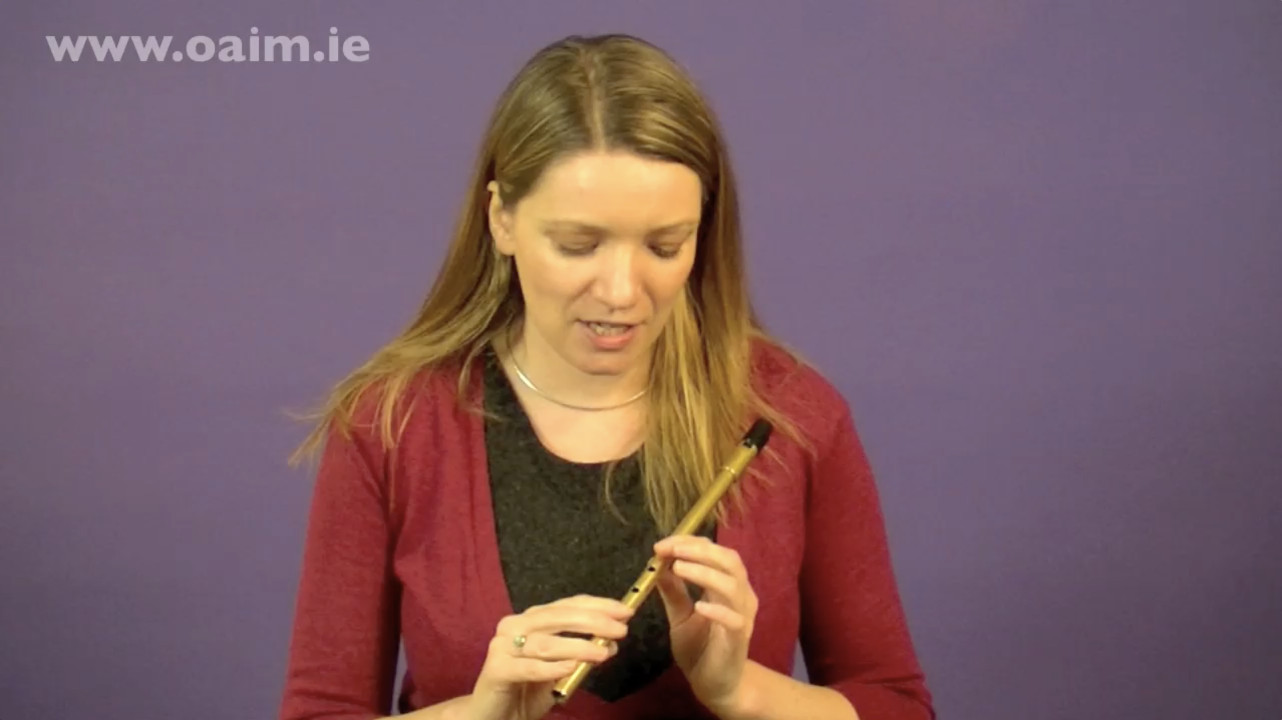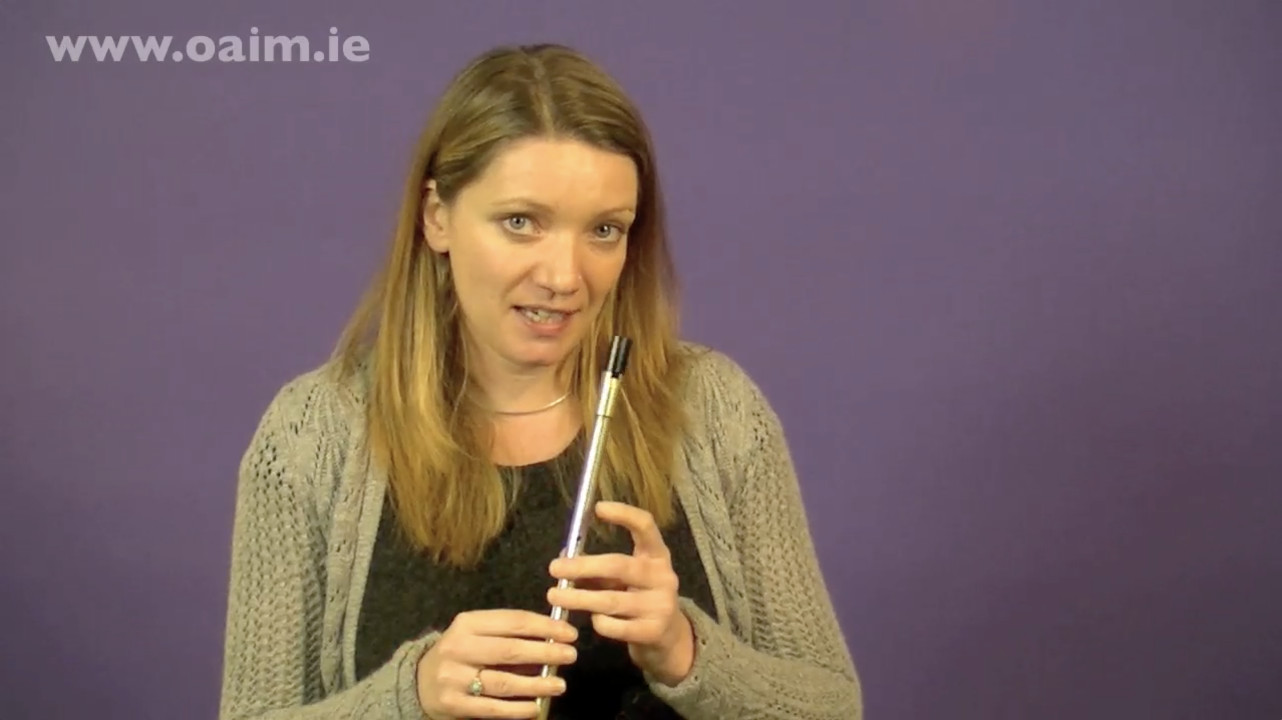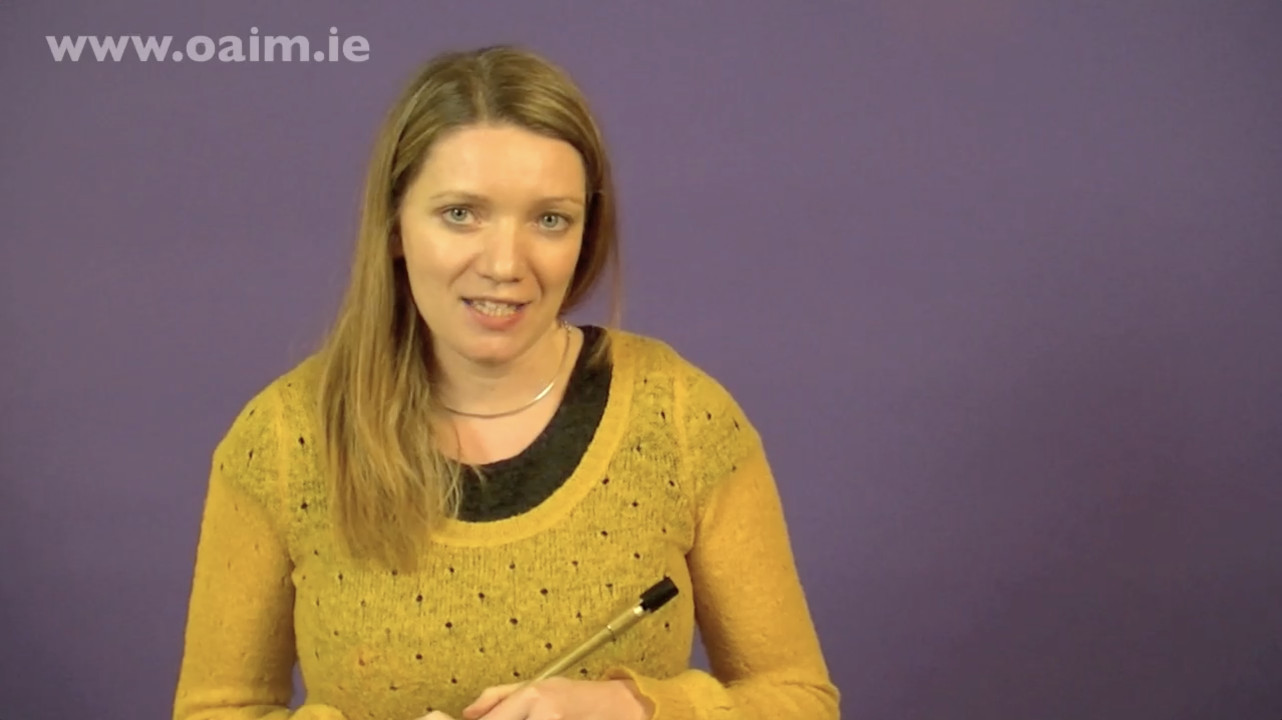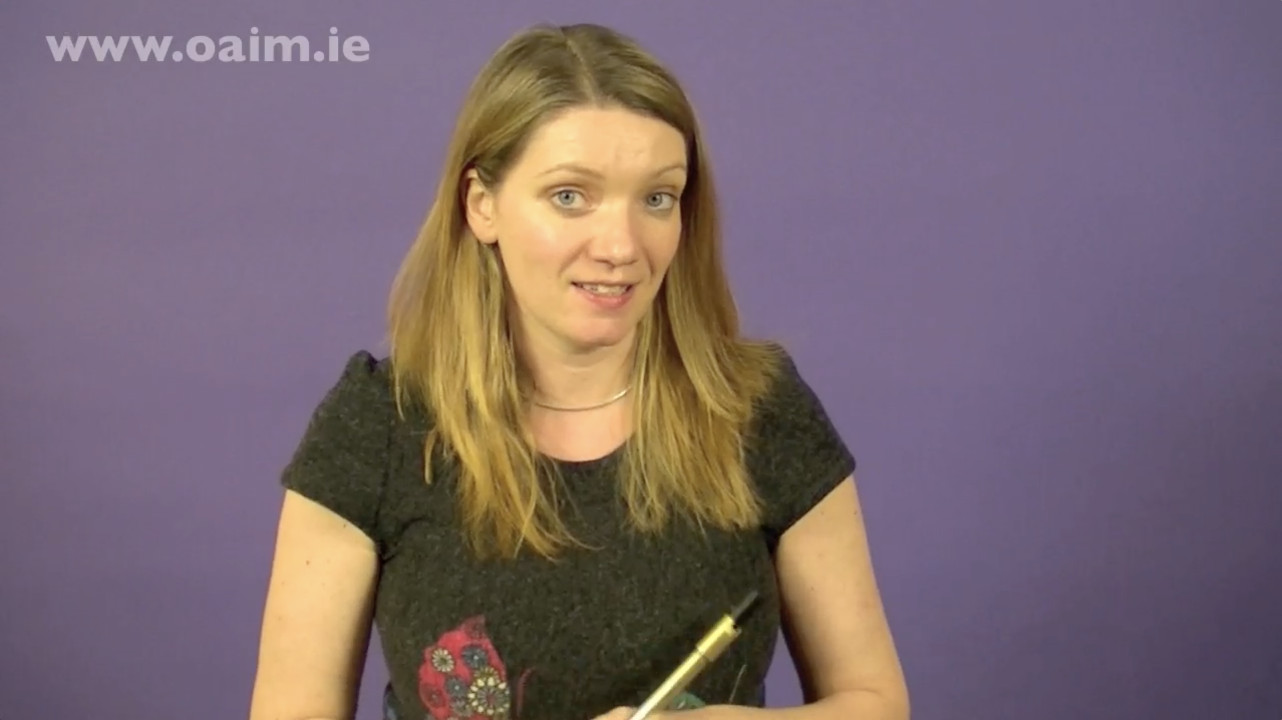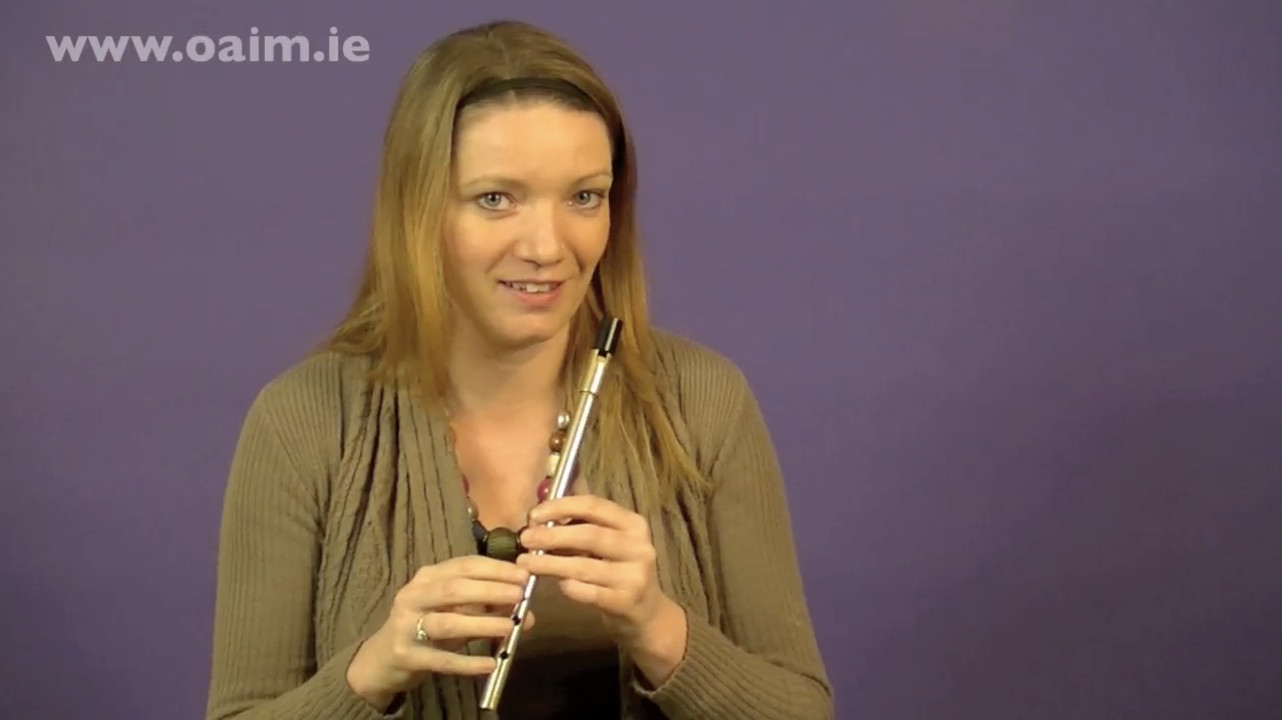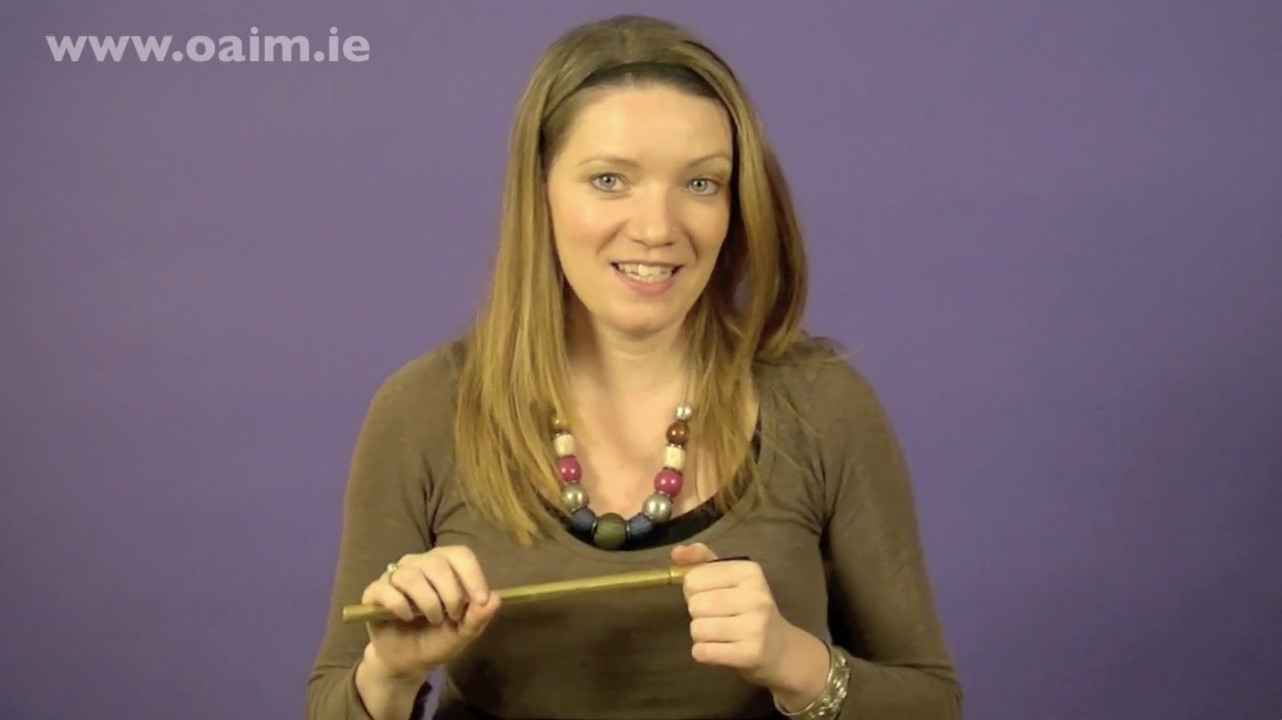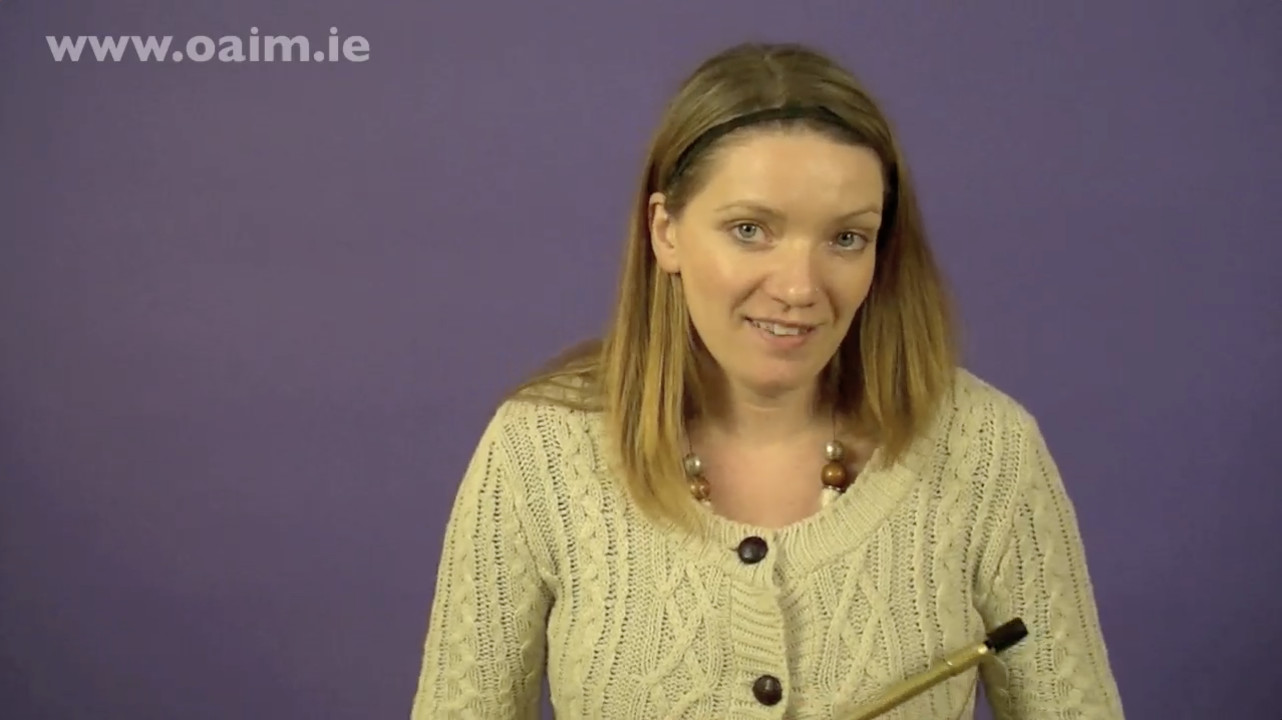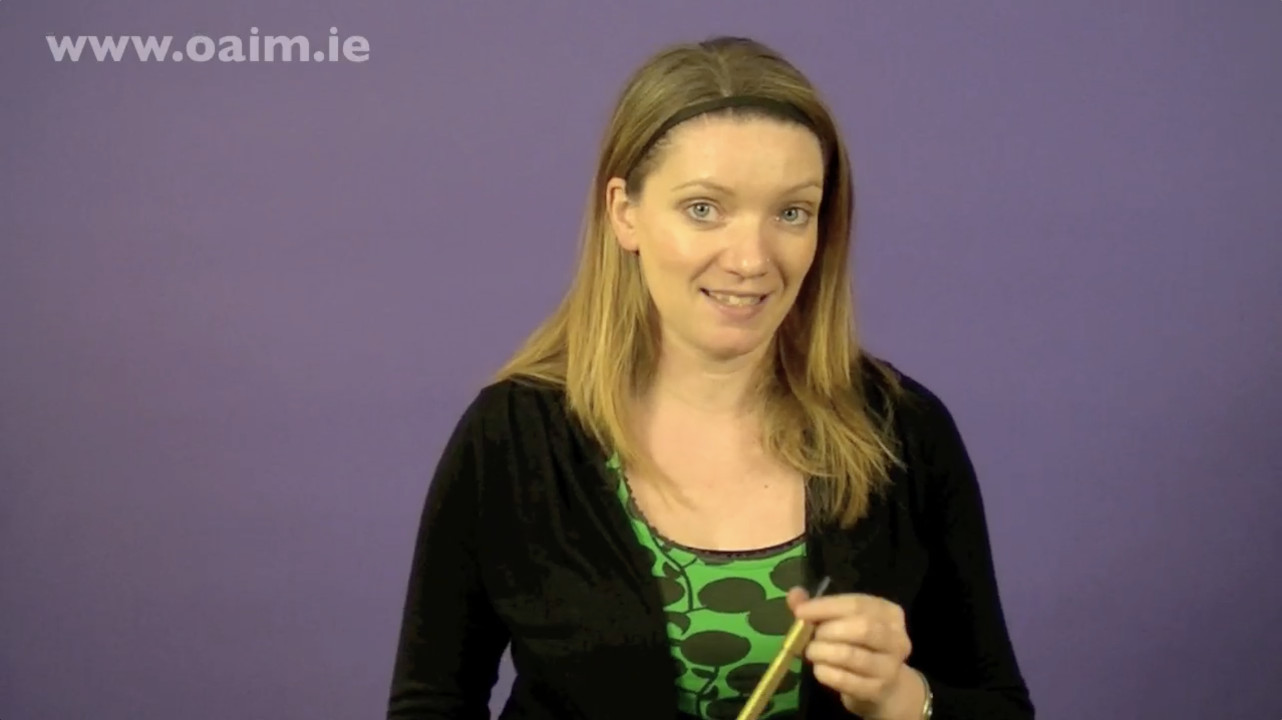Learn 16 Popular Irish Traditional Tunes
Few sounds are as distinguishable as the high pitched blast of the Tin Whistle, also known as the Pennywhistle. It is perhaps the most accessible of all Irish traditional melodic instruments as you can pick one up readily, cheaply, and, best of all, travelling with one is a non-issue. It’s also very easy to learn tin whistle online with the right instruction.
Extremely popular in traditional Irish and Scottish music, tin whistle tunes doing the rounds are thus unsurprisingly either of Irish or Scottish origin—with many a debate raging over the parentage of certain tunes.
You’ll soon discover that the tin whistle is fun to learn and master while offering a great opportunity to play Irish music with the least time and money investment. Our Tin Whistle Basics course allows you to learn tin whistle online with all you need to get started and have you playing 16 tunes by the end of 17 carefully designed tutorials. But first, let’s start with the instrument itself.
Try it for free, Cancel anytime
- 18 lessons teaching how to play 13 very popular Irish tunes
- PDF sheet music & mp3’s to download & keep for each tune
- Progress at your own pace, pause & repeat videos
- Access to 14 instruments, 60+ courses, 1000+ tutorials
- Access on all your devices
- 14-day free trial. Cancel anytime
BONUS!

- Access our Entire Course Catalogue for Every Instrument
- Library of over 150 popular Irish tunes to practice along with
- Virtual Reality Sessions for the unique Irish Pub Session experience – a real treat for the Irish music lover
- Community Forum of students and teachers, all friends with a love of Irish music


